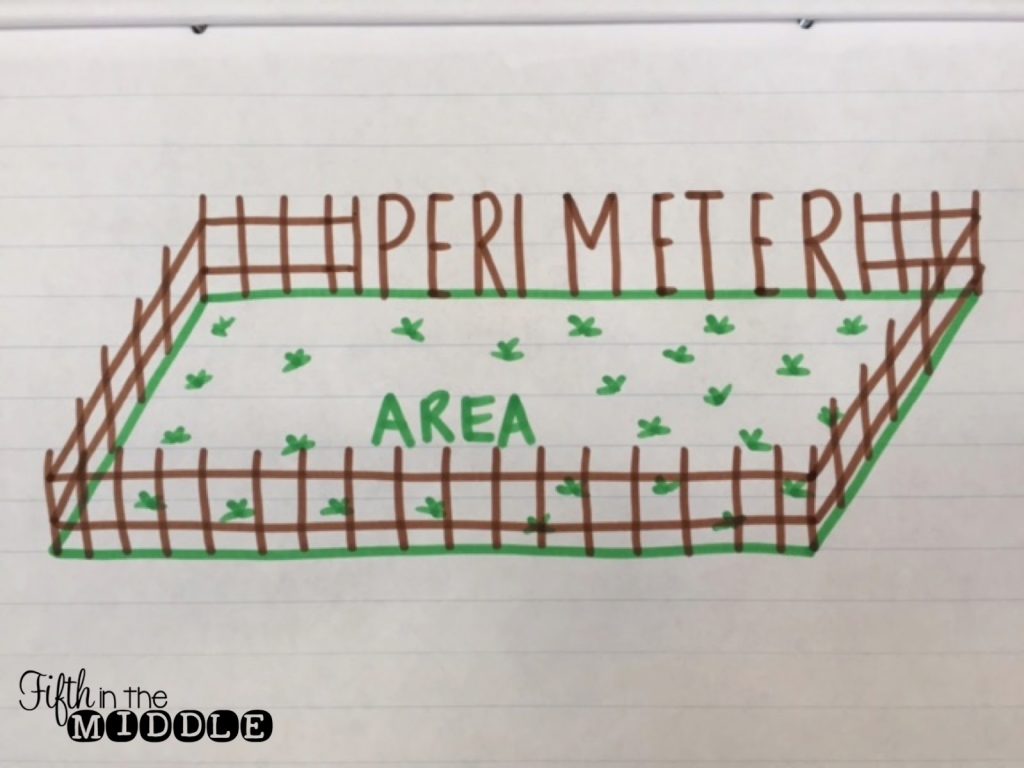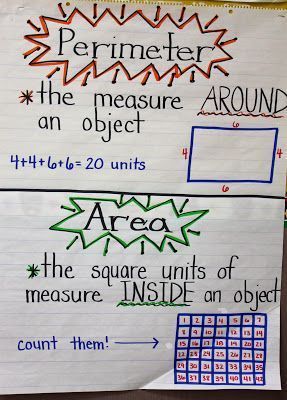Good morning,
Hopefully, you had a great March Break and had some fun:) It is important to get into a routine as this will be our new normal for a while. We want you to know that we are thinking about you and miss you. Through this blog, we can stay connected. We want the next little while to be about balance. We need to learn together, but also keep our mind and body healthy. We need to take care of ourselves and others around us (our family and neighbours).
This week with the supervision of your parents (parental controls can also be turned on for extra safety) explore this blog and all the links. There are MANY amazing links that you can use to learn. We will be sending passwords in the next little while as well as adding more websites. This is new for us too so please be patient. We are not professional bloggers:)
Task 1: Look at the sample schedule and then click the link below to find an editable version you can change to suit your own family. You can also just write a schedule out on a piece of paper. A schedule brings predictability, structure and comfort.

Link for an editable version for you to make up a schedule with your child:
Hint: Your child will be more willing to follow the schedule if they are allowed to give input.
https://mommyhood101.com/daily-schedule-for-kids
Task 2: Make up a chore chart. You can print out the one attached or make your own on a piece of paper.

Link for a printable chore chart: http://www.thestarwarsmom.com/2013/10/lego-star-wars-free-printable-chores-chart.html?spref=pi
Task 3: This week concentrate on getting a good reading routine established. Each day, snuggle up with a book and read. Since you are at home, reading can be done independently or to a younger/older sibling or parent. Online, there are thousands of books you can access. (We will be sending out passwords to you soon for the links mentioned)
Task 4: Go on the link, “Learn at Home” by the Ministry of Ontario: https://www.ontario.ca/page/learn-at-home
Task 5: Check out Scholastic Learn at Home. Click on the Link:https://classroommagazines.scholastic.com/support/learnathome.html








